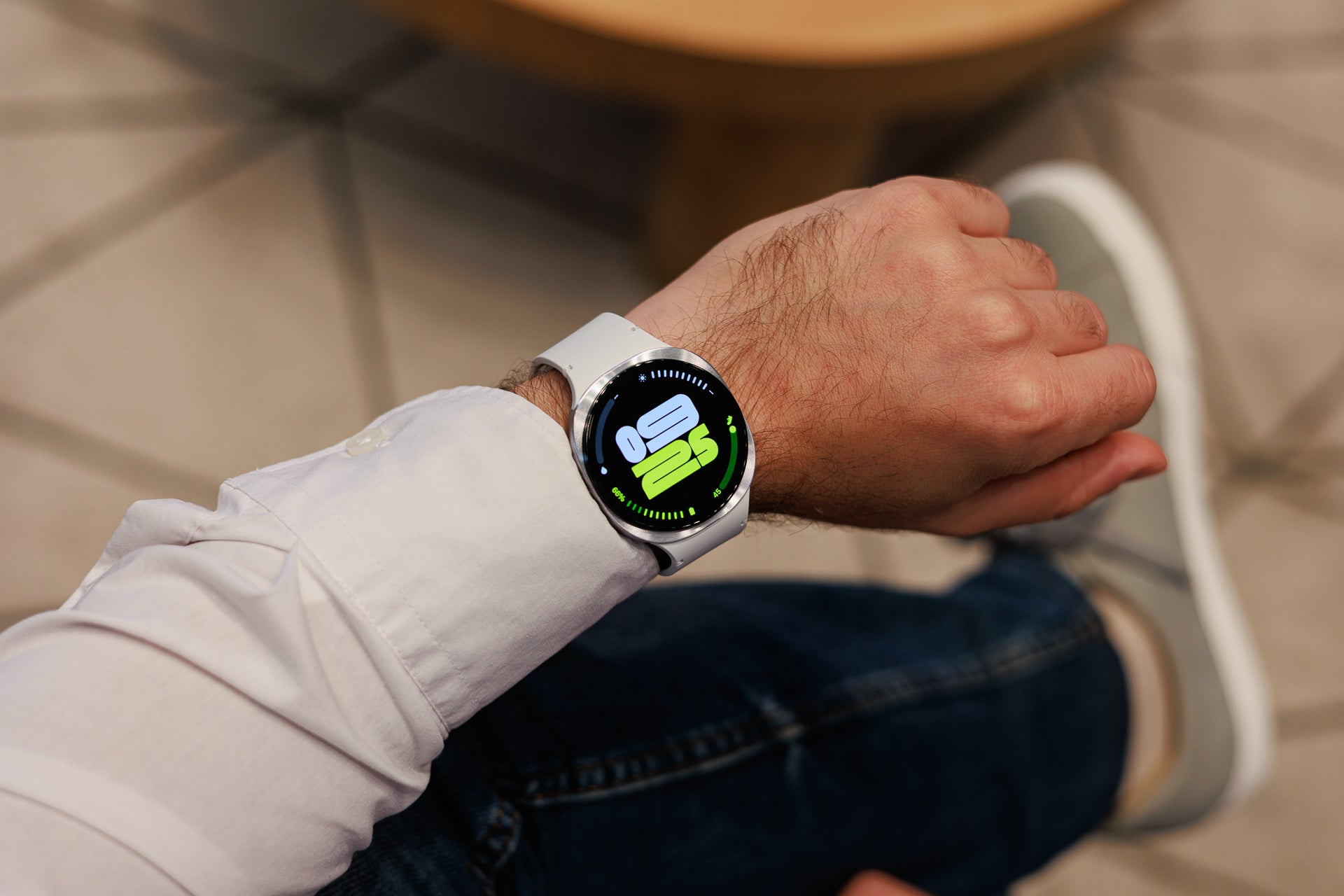New Malware Attack Via “I’m not a Robot Check” to Trick Users into Running Malware
A sophisticated new malware attack vector that manipulates users through fake browser verification prompts designed to mimic legitimate CAPTCHA systems. This attack leverages social engineering techniques combined with clipboard manipulation and obfuscated PowerShell commands to trick victims into voluntarily executing malicious code on their systems. The campaign represents a significant evolution in malware distribution methods, […] The post New Malware Attack Via “I’m not a Robot Check” to Trick Users into Running Malware appeared first on Cyber Security News.

A sophisticated new malware attack vector that manipulates users through fake browser verification prompts designed to mimic legitimate CAPTCHA systems.
This attack leverages social engineering techniques combined with clipboard manipulation and obfuscated PowerShell commands to trick victims into voluntarily executing malicious code on their systems.
The campaign represents a significant evolution in malware distribution methods, as it exploits user trust in familiar security interfaces while bypassing traditional antivirus detection mechanisms through its reliance on legitimate system tools and user interaction.
How the Deceptive Browser Verification Works
According to Alexander Zammit, the attack begins when users encounter what appears to be a standard browser security check, complete with the familiar “I’m not a robot” interface that resembles Google’s reCAPTCHA system.
However, instead of clicking checkboxes or identifying images, the fake verification prompt instructs users to perform a series of keyboard shortcuts to “complete the browser check.”
The malicious interface displays three seemingly innocuous steps: pressing Windows key + R to open the Run dialog, pressing Ctrl + V to paste the clipboard content, and pressing Enter to execute the command.
This social engineering approach is particularly effective because it mimics legitimate security processes that users encounter regularly online.
The attackers have carefully designed the interface to appear authentic, using similar visual elements and language found in genuine browser security checks.
The instructions are presented as necessary steps to “ensure optimal experience,” making the process seem routine rather than suspicious.
This psychological manipulation exploits users’ conditioned responses to security prompts and their general willingness to comply with perceived security requirements.
Technical analysis reveals that the core of this attack lies in its sophisticated use of clipboard manipulation and PowerShell obfuscation techniques.
When users visit the malicious site, JavaScript code automatically copies a heavily obfuscated PowerShell command to their clipboard without their knowledge.
The PowerShell payload employs multiple obfuscation layers, including base64 encoding, string concatenation, and variable substitution to evade static analysis tools and antivirus signatures.
The obfuscated command typically contains instructions to download and execute additional malware payloads from remote servers.
Security analysts have observed variations that include fileless attack techniques, where the malware operates entirely in memory without writing files to disk, making detection significantly more challenging.
The PowerShell execution also leverages legitimate Windows processes and services, allowing the malware to blend seamlessly with normal system operations while maintaining persistence mechanisms through registry modifications or scheduled tasks.
Protection Strategies
Organizations and individual users can implement several defensive measures against this attack vector.
Browser security settings should be configured to prevent automatic clipboard access, and users should be educated about the legitimate appearance of actual CAPTCHA systems versus these deceptive prompts.
Security awareness training should emphasize that legitimate browser verification never requires users to execute commands through the Windows Run dialog or command prompt.
Endpoint detection and response (EDR) solutions should be configured to monitor unusual PowerShell execution patterns, particularly those involving network connections or system modifications.
Network security appliances can be programmed to detect the characteristic traffic patterns associated with these attacks, including the initial payload delivery and subsequent command-and-control communications.
Additionally, implementing application whitelisting and PowerShell execution policies can significantly reduce the attack surface by preventing unauthorized script execution.
Live Credential Theft Attack Unmask & Instant Defense – Free Webinar
The post New Malware Attack Via “I’m not a Robot Check” to Trick Users into Running Malware appeared first on Cyber Security News.



















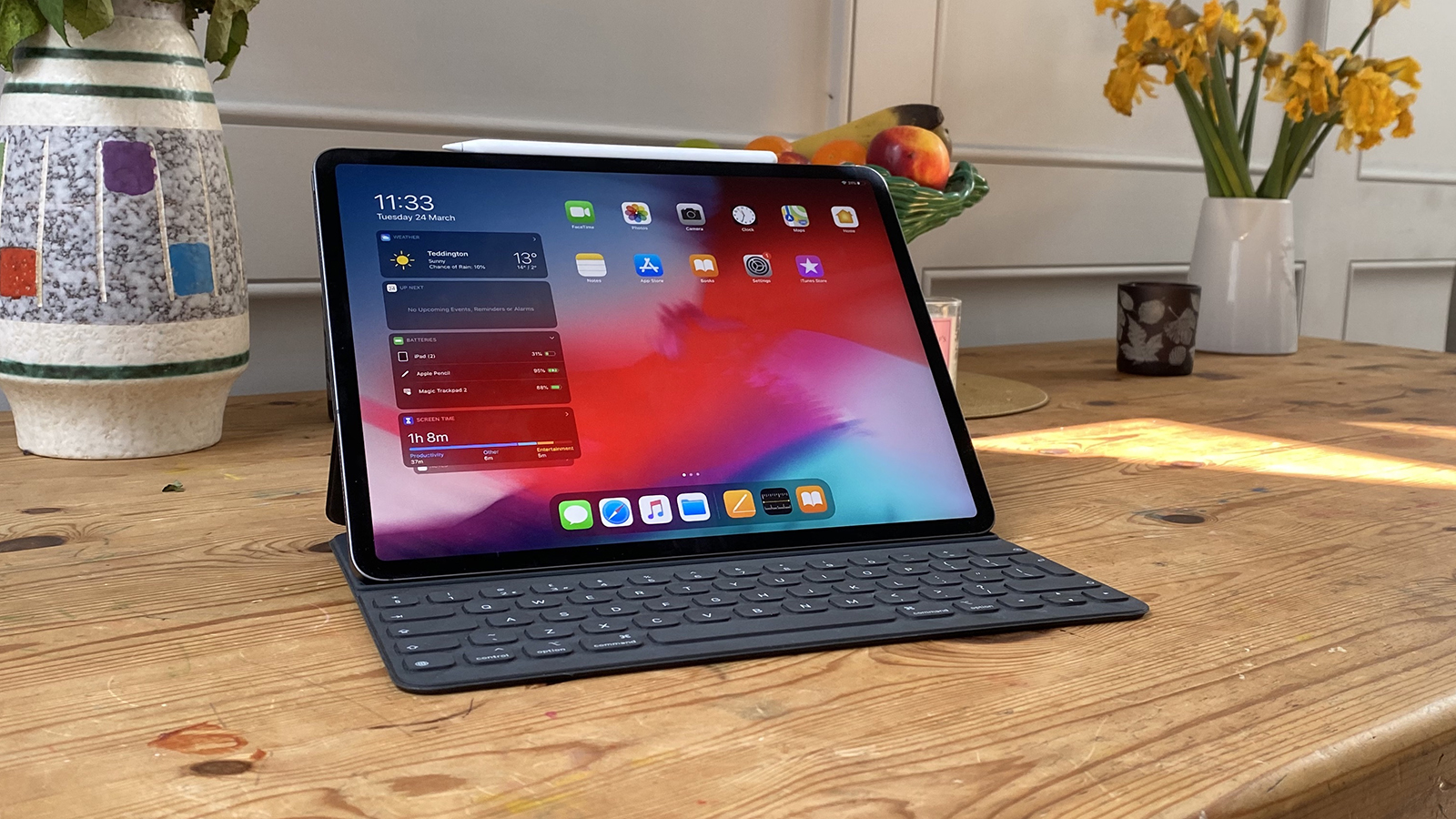









































.jpg)























































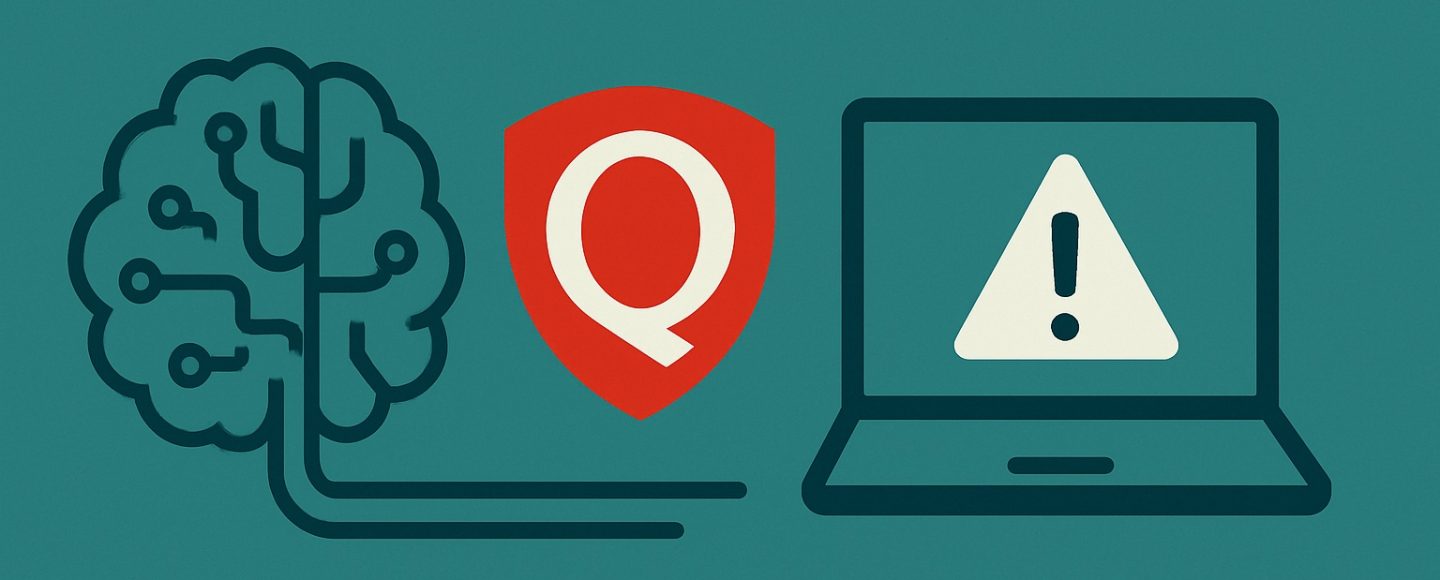
























































![[The AI Show Episode 151]: Anthropic CEO: AI Will Destroy 50% of Entry-Level Jobs, Veo 3’s Scary Lifelike Videos, Meta Aims to Fully Automate Ads & Perplexity’s Burning Cash](https://www.marketingaiinstitute.com/hubfs/ep%20151%20cover.png)





















































































































![[DEALS] Internxt Cloud Storage: Lifetime Subscription (85% off) & Other Deals Up To 98% Off – Offers End Soon!](https://www.javacodegeeks.com/wp-content/uploads/2012/12/jcg-logo.jpg)



![From electrical engineering student to CTO with Hitesh Choudhary [Podcast #175]](https://cdn.hashnode.com/res/hashnode/image/upload/v1749158756824/3996a2ad-53e5-4a8f-ab97-2c77a6f66ba3.png?#)



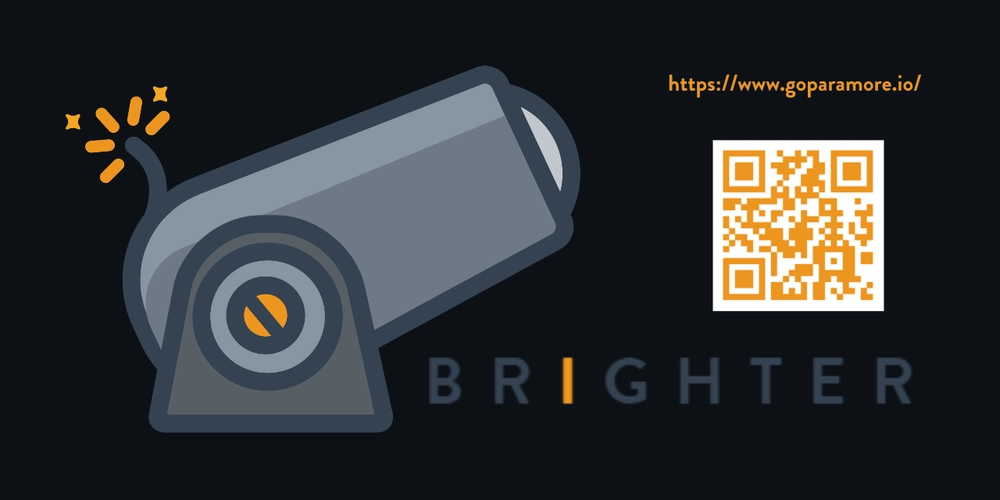



























































.jpg?width=1920&height=1920&fit=bounds&quality=70&format=jpg&auto=webp#)

































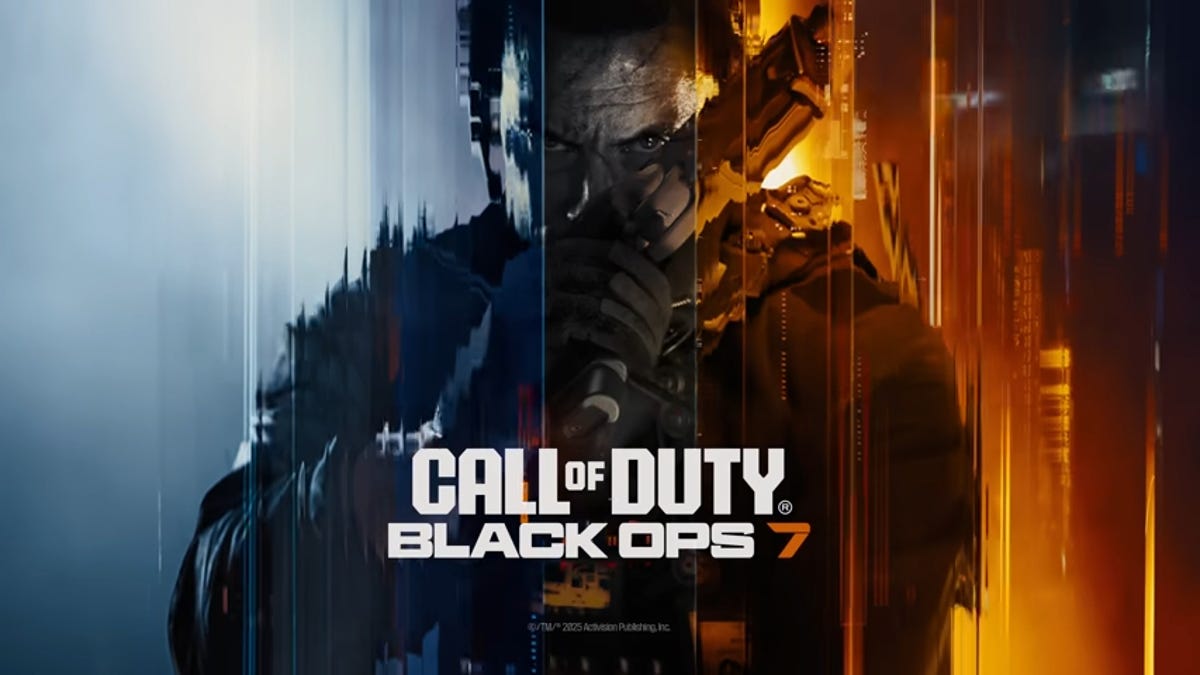



















.jpg?width=1920&height=1920&fit=bounds&quality=70&format=jpg&auto=webp#)























_Michael_Vi_Alamy.jpg?width=1280&auto=webp&quality=80&disable=upscale#)









































































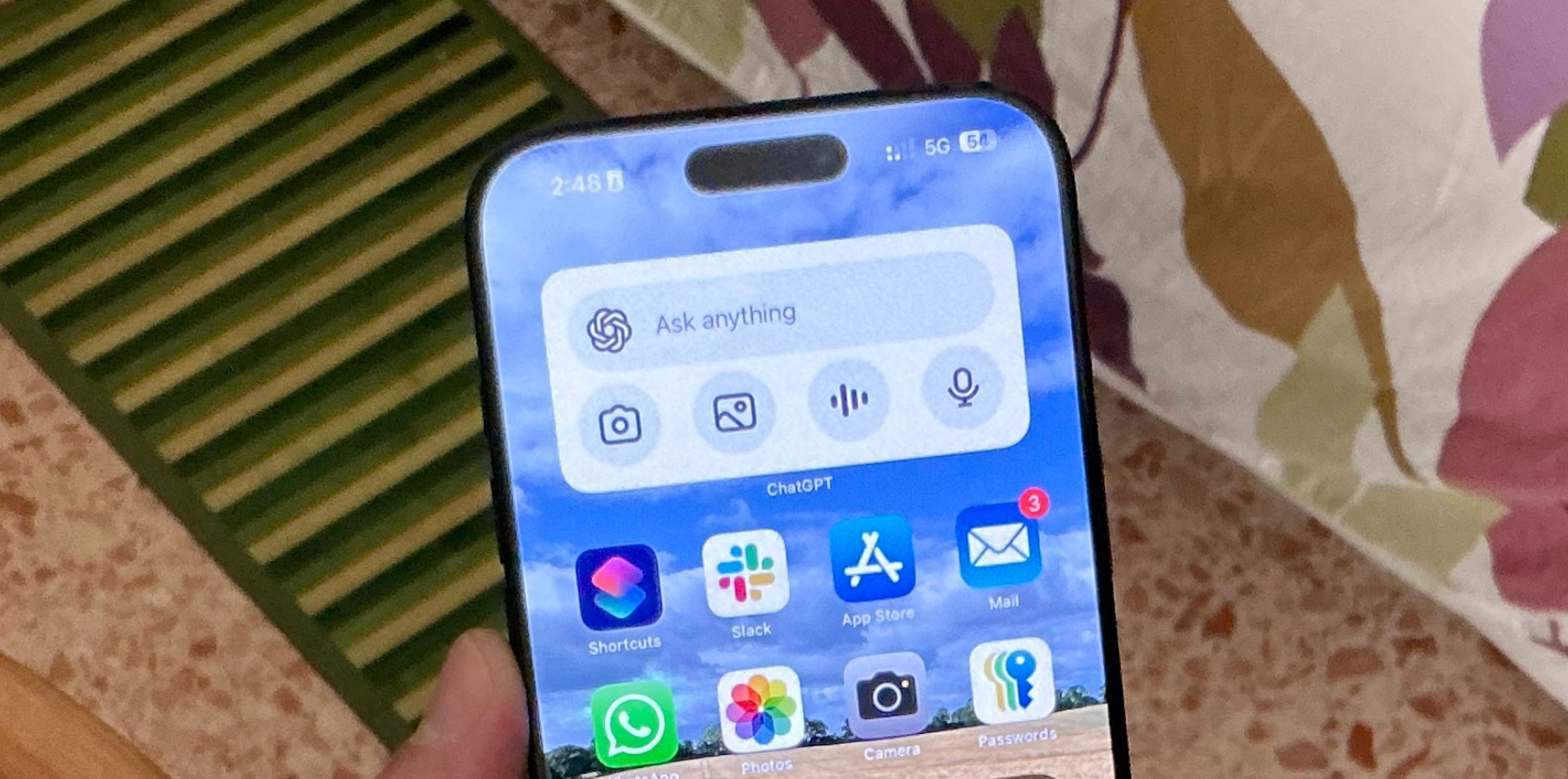






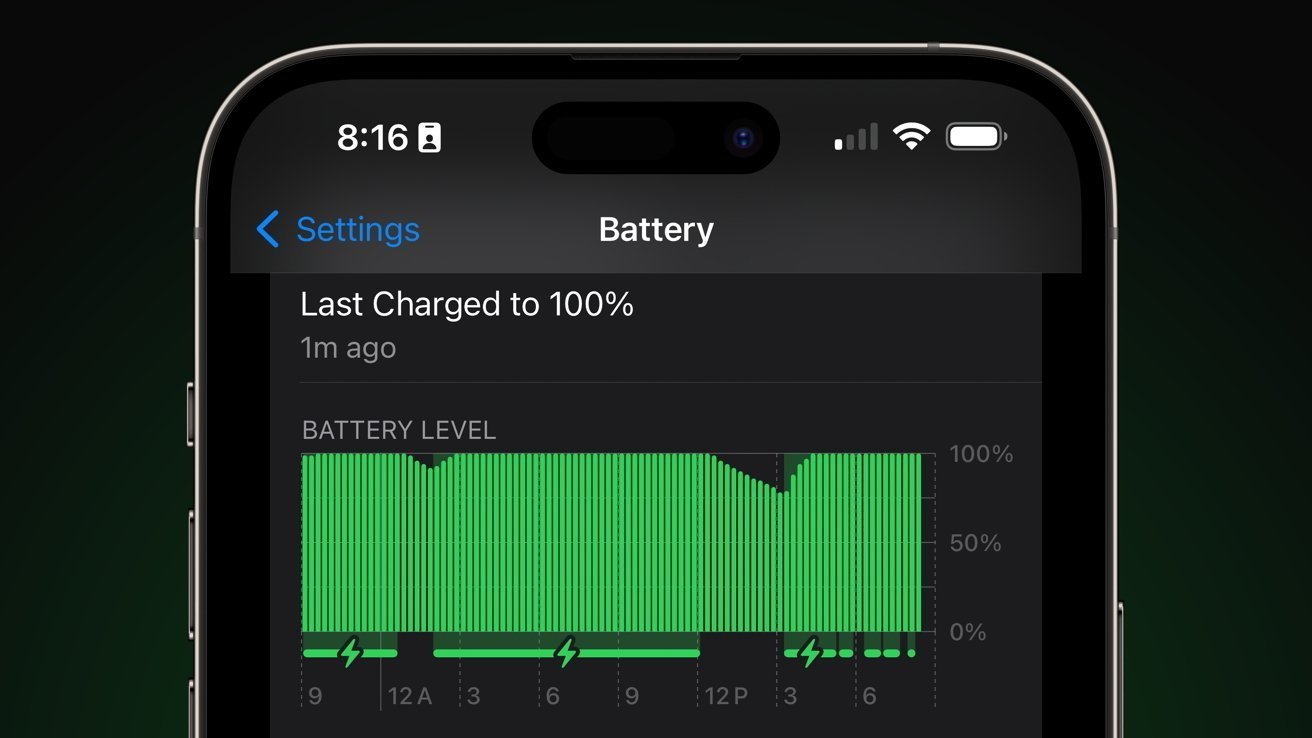














![Google Messages rolls out taller, 14-line text field [U]](https://i0.wp.com/9to5google.com/wp-content/uploads/sites/4/2024/06/Google-Messages-2.jpg?resize=1200%2C628&quality=82&strip=all&ssl=1)














![Apple Planning Futuristic 'Glasswing' iPhone With Curved Glass and No Cutouts [Gurman]](https://www.iclarified.com/images/news/97534/97534/97534-640.jpg)





















































